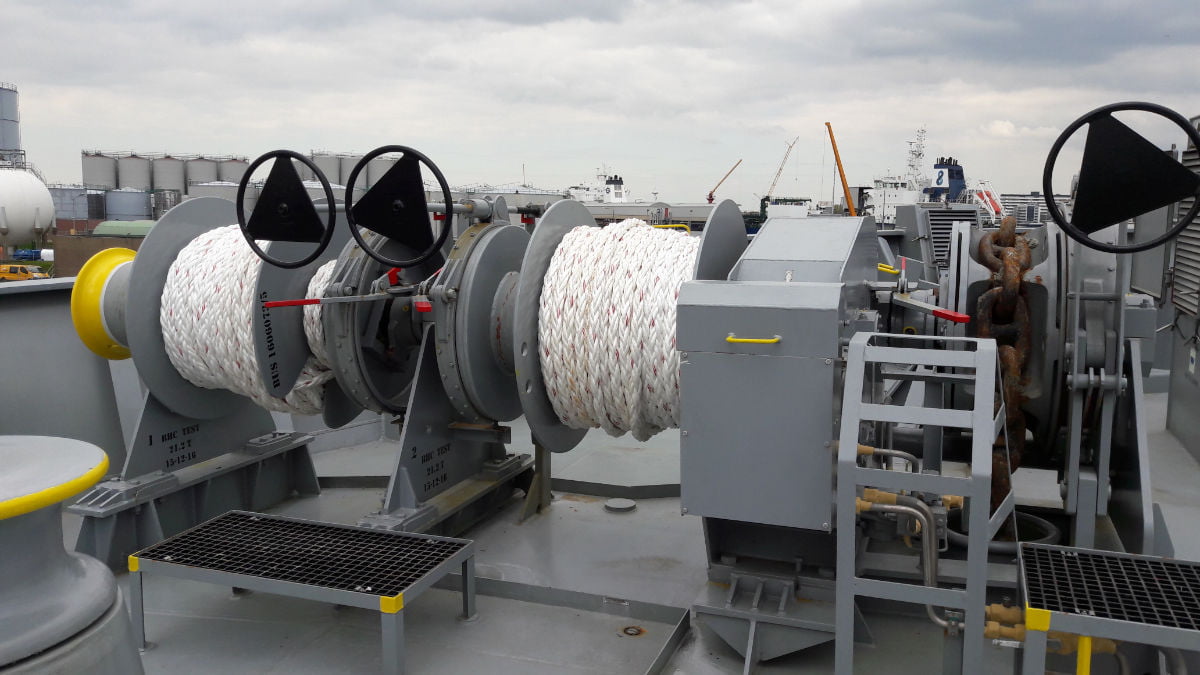
MEG4
MEG4 Safer mooring with your trusted supplier
Updated Terminology
Section Five “Mooring Lines” gives guidance about the selection, the care and maintenance and finally the retirement and replacement of the mooring lines.
Terminology has been updated and new tools have been created to help operators manage equipment and lines from design to retirement:
- Ship Design Minimum Breaking Load (SDMBL)
- Line Design Break Force (LDBF)
- Working Load Limit (WLL)
- Line Management Plan (LMP)
OCIMF
The Oil Companies International Marine Forum (OCIMF) is widely recognised as the voice of the oil industry providing expertise in the safe and environmentally responsible transport and setting standards for continuous improvement.
Mooring Equipment Guidelines – MEG4
OCIMF’s Mooring Equipment Guidelines (MEG) was first published in 1992 and is an industry publication for the safe mooring of tankers and gas carriers at terminals, thereby also summarizing the concerns and requirements of major oil companies.
In the summer 2018, OCIMF has undertaken a major revision of the Mooring Equipment Guidelines in this fourth edition, with a focus on the safety of ship and terminal personnel.
Areas of Interest
MEG4 addresses four significant areas of interest:
- Lessons learned from incidents, most notably from failures of HMSF mooring lines.
- Human-centred mooring designs and human factors in mooring operations.
- New and in-development regulations and guidance from the IMO on the safety of mooring.
- Alternative mooring technologies and how they can be incorporated safely into the design of mooring systems both for ships and terminals.
The new terminology defines a set of terms and test methods for mooring line Minimum Breaking Load (MBL) that can be used consistently by both line users and manufacturers when designing, specifying, testing and operating mooring lines.
The LMP contains the requirements for the management of mooring line maintenance, inspection and retirement during the operational phase of the mooring line lifecycle.
Pioneering Role
TEHO Ropes has more than 30 years of experience and understanding of mooring lines and tails so it was a logical and obvious step for us to become one of the first companies who are able to supply mooring ropes and tails in accordance with the MEG4 Guidelines.
We can provide user guidelines for both steel wire and synthetic fibre ropes as part of the owner’s LMP based on the MEG4 guidelines. To further improve safety, we can assist owners and managers in the evaluation of the remaining operational life of the mooring lines by providing residual strength testing for used lines and tails.
Navigating the complex landscape of international maritime regulations is crucial for the safety and efficiency of our operations. Two pillars in this landscape are the SOLAS (Safety of Life at Sea) Convention and the International Maritime Organization (IMO). These standards set the framework for safety in the construction, equipment, and operation of ships on international voyages.
